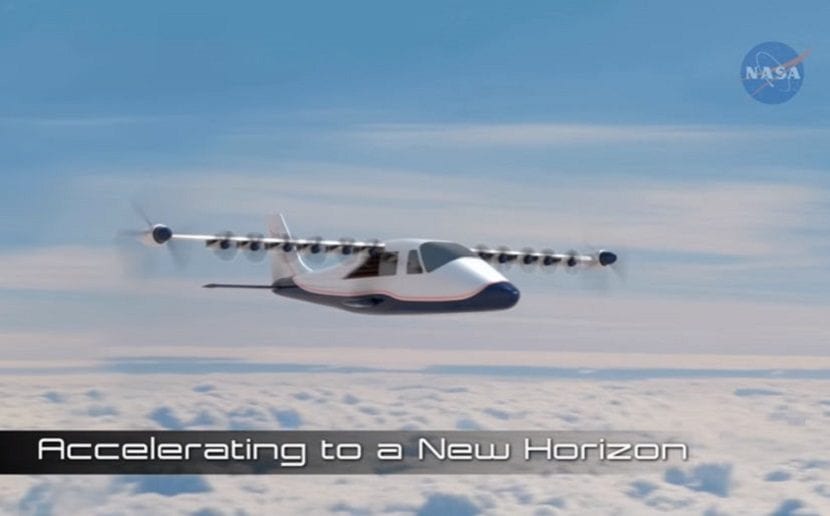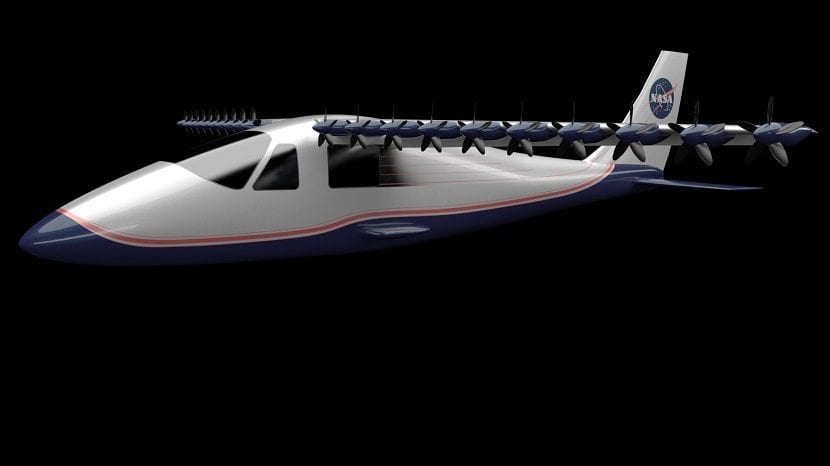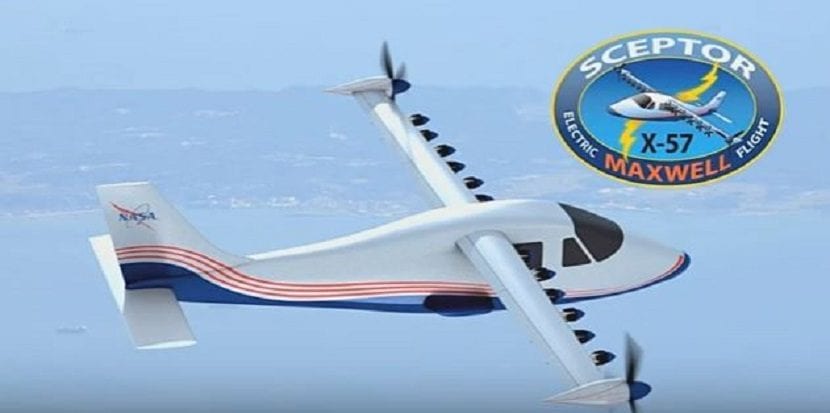
X-series aircraft, most of which were designed by NASA, have traditionally served to investigate aircraft most unheard of limits of aerospace technology of each era. And the last of them, the X-57 Maxwell, will not be different from the previous ones, although this time it will serve to improve the knowledge and operation of electric aircraft.
The X-57 is based on a Tecnam P2006T, a light aircraft with two combustion engines, which will be gradually modified to become a electric plane. Phase 1 of the project has consisted of evaluating the Tecnam P2006T, a device that NASA has bought to have parameters with which to compare it when it has been reconverted to electrical, and on the other hand in carrying out the pertinent tests of the electric motors to be used with a kind of wing mounted on a truck.
The second phase will consist of replacing the P2006T series motors with electric ones that weigh about half the original ones and making the corresponding tests to check how it flies the plane with them and thus later collect data to compare the features of the standard version with the two-motor electric version.
But the final configuration of the Maxwell is much more ambitious, as the original wings of the P2006T will have been replaced by longer and narrower ones in whichInstead of two, there will be no more and no less than fourteen engines. Twelve of them, six on each wing, will be used in conjunction with the main engines, which will have been moved to the wingtips, in the takeoff and landing phases, although they will be deactivated once the aircraft reaches sufficient speed to fly using only the main engines; Your propellers will fold when not in use to reduce drag against the headwind.
The ultimate goal of the X-57 Maxwell is to see if, as studies say, it can fly at the same cruising speed as the P2006T on which it is based but consuming between 75% or 80% less energy, in addition, an additional benefit would be to demonstrate operating costs 40 percent lower than those of the original aircraft. Flight without emissions of C02 –Although we have to see where the electricity stored in the aircraft's batteries comes from– and practically a near-silent flight are also issues to be assessed from a very positive way.

Anyway there is still a long time until electric propulsion is popularized in airplanes, as the heavy weight of batteries will make the X-57 become a two-seater aircraft, losing two seats compared to the original P2006T. But if we are no longer completely surprised to see electric cars, perhaps soon we will not be surprised to see electric airplanes either. The Maxwell's name, by the way, is a tribute to James Clerk Maxwell, the XNUMXth century Scottish physicist who developed classical electromagnetic theory.

Aircraft X
The aircraft X are a series of American experimental aircraft (and some rockets) used to test new technologies and normally kept in strict secrecy during its development.
The first of this series of aircraft, the Bell X-1, became well known for being the first aircraft to break the sound barrier, a milestone achieved in 1947. Subsequent X aircraft provided important research results, but only the North American X-15 rocket aircraft of the early 1960s achieved fame comparable to the of the X-1.
Aircraft X from number 7 to 12 were actually missiles, and some of the other vehicles were unmanned. Most X aircraft are never expected to enter full-scale production, and only a few were produced. An exception is the Lockheed Martin X-35, that competed against the Boeing X-32 in the Joint Strike Fighter Program and went on to become the F-35 Lightning II.
